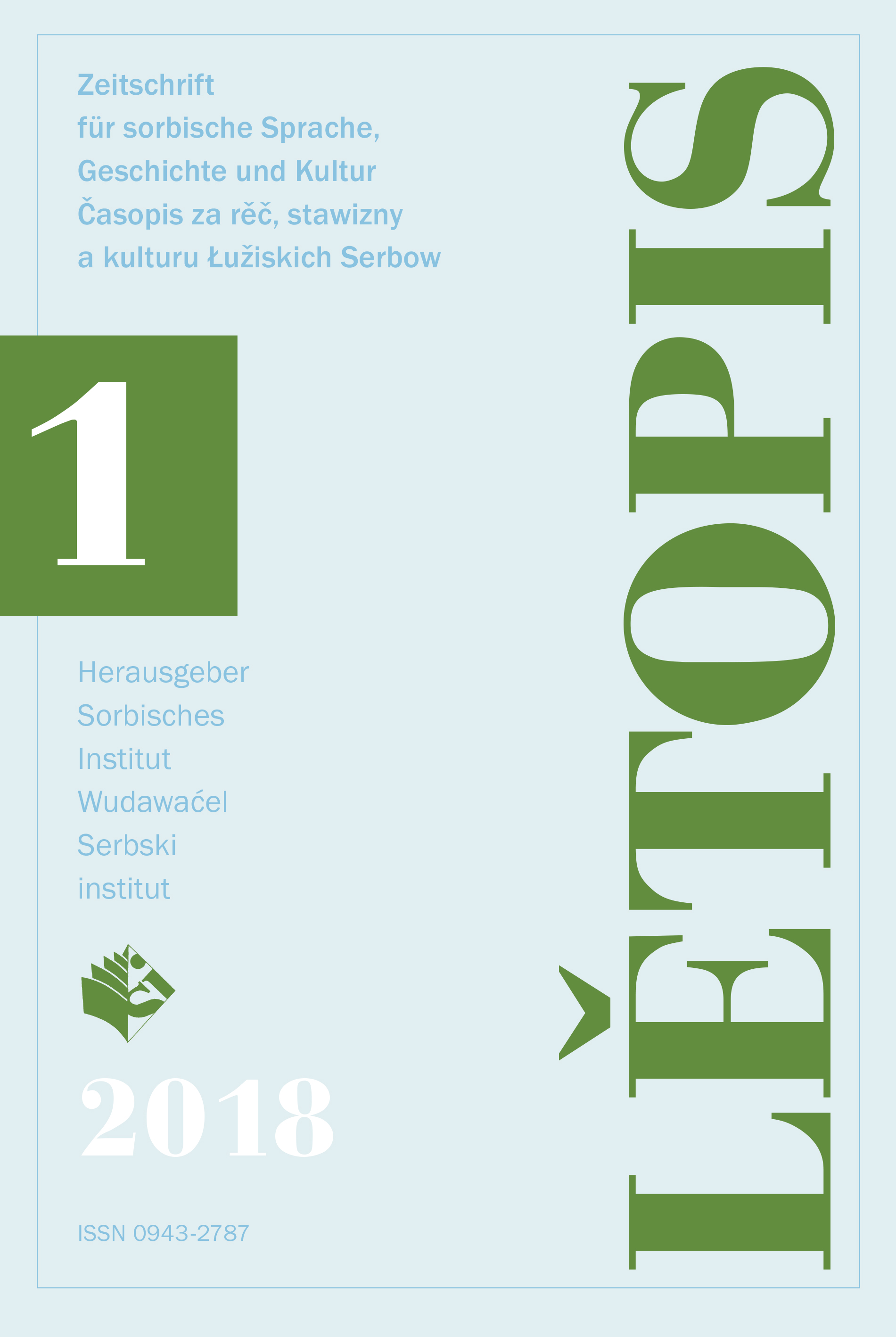Wendische / sorbische Mehrheiten? Umstrittene Volkszählungen zwischen 1925 und 1951
Wendish/Sorbian Majorities? Controversial Censuses between 1925 and 1951
Author(s): Michael RichterSubject(s): History, Recent History (1900 till today), WW II and following years (1940 - 1949)
Published by: Domowina-Verlag GmbH / Ludowe nakładnistwo Domowina
Keywords: Census; Domowina; Wendish; Wendish/Sorbian Majorities; Saxony; Lower Silesia; Lusatia; Bautzen; Kamenz; Löbau; Hoyerswerda; Rothenburg; Language; Ethnicity; Nationalität; Sprache; Volkszählung; Oberla
Summary/Abstract: The question of the proportion of the Wendish/Sorbian population in relation to the Ger- man population has been controversial throughout the 20th Century. The National Socia- lists were not the first ones to ignore Wendish ethnicity by regarding the Wends as Ger- mans who spoke a Slavonic language. The Domowina questioned the validity of the figures given in the census of 1925 for the Wendish-speaking population and organised its own count, which did not however produce any statistically reliable results. The cen- sus of 1939, in which almost all Wends suppressed their links to Wendish ethnicity in the face of threats of repression, had no validity. After the end of the Second World War in 1945 the Domowina also questioned the validity of the censuses ordered by the Soviet occupying power, and as in the Weimar Republic reacted by producing its own figures. These exaggerated statistics were just as irrelevant as the official figures. Overall, the results from censuses between 1910 and 1946 show a steady, sometimes sharp decline in the Wendish/Sorbian population in the period from the Weimar Republic to the Soviet Occupation Zone.
- Issue Year: 2018
- Issue No: 1
- Page Range: 21-46
- Page Count: 26
- Language: German
- Content File-PDF

